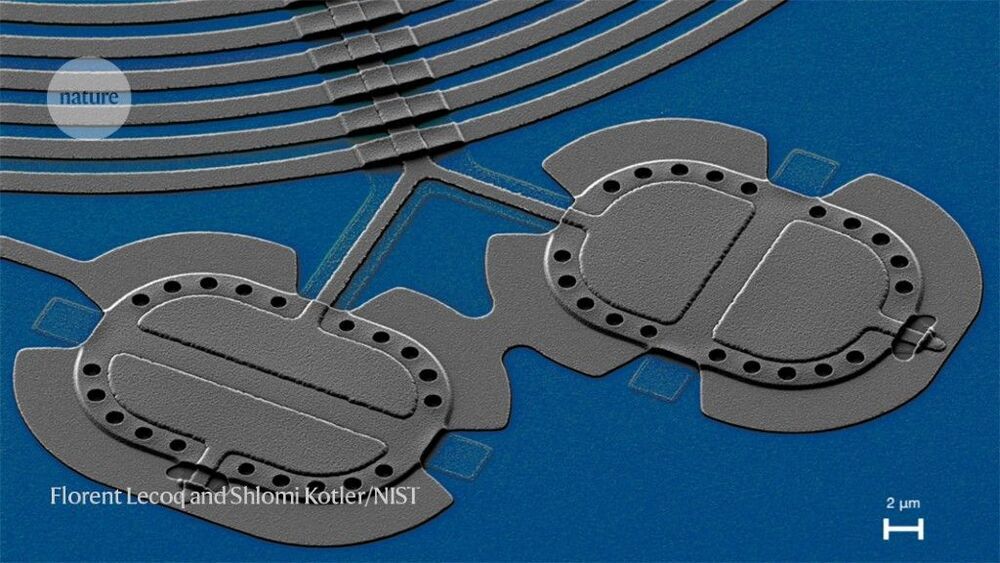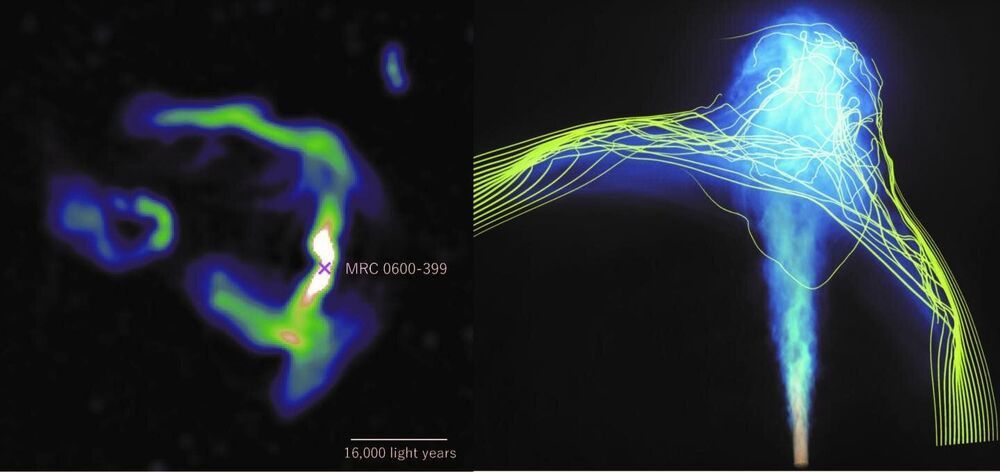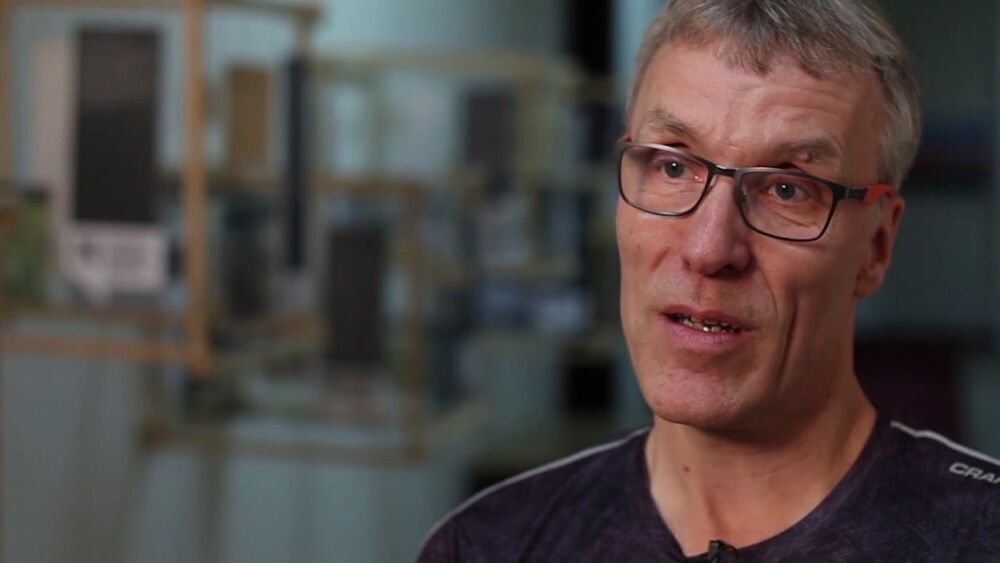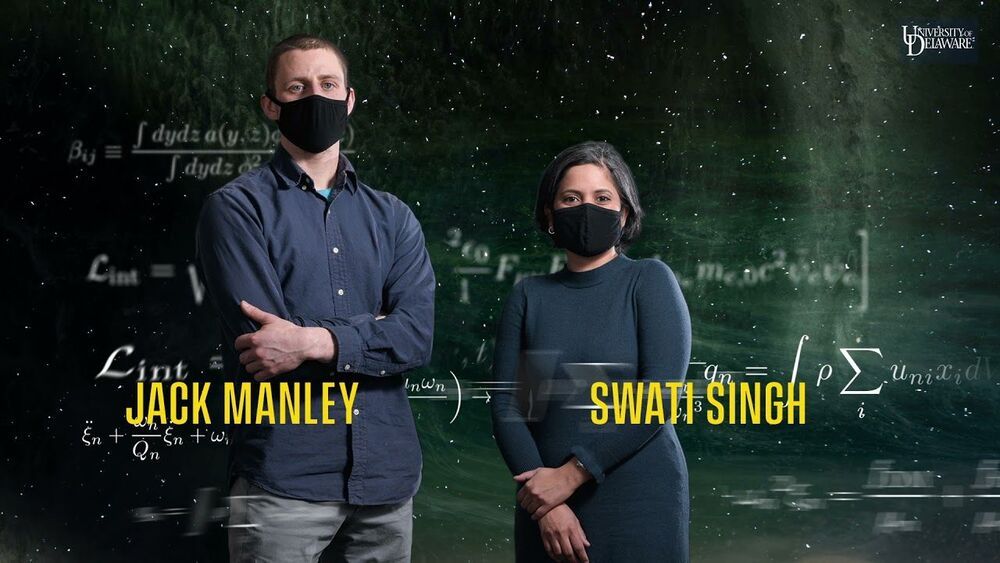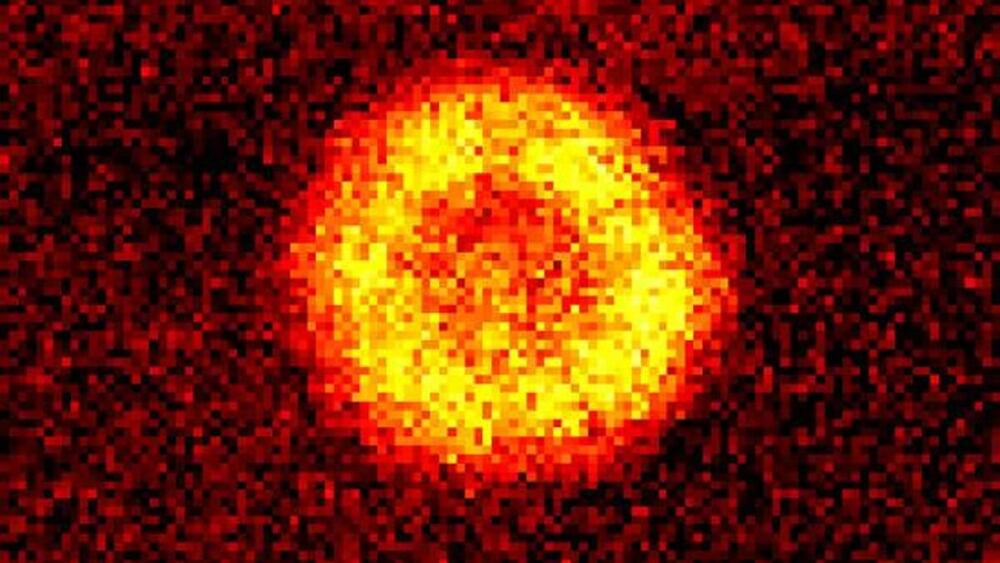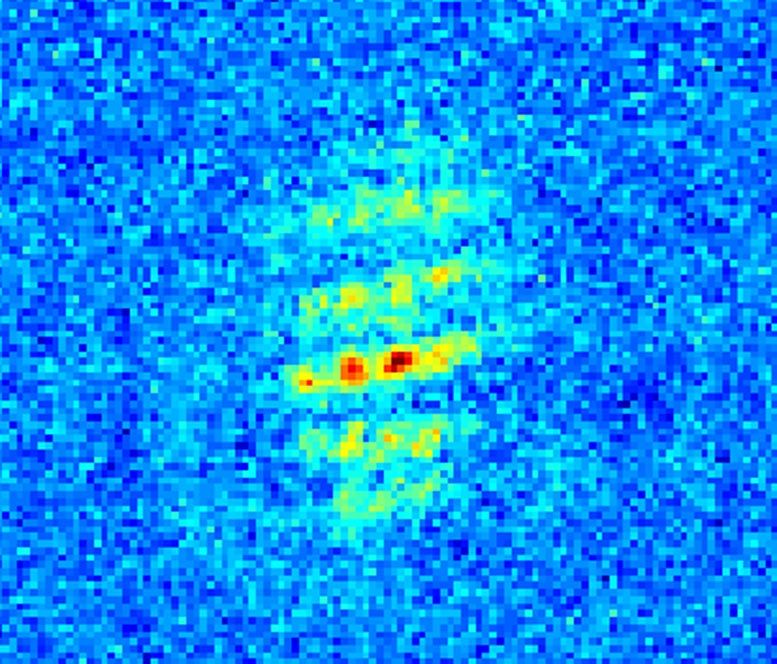May 7, 2021
Minuscule drums push the limits of quantum weirdness
Posted by Quinn Sena in categories: particle physics, quantum physics
Although nothing in the laws of quantum physics limits such quantum weirdness to subatomic particles, the theory predicts that at much larger scales — say, the size of a cat — quantum effects should be so vanishingly small as to be unobservable in practice. Physicists have long debated whether this is just a limitation of our senses and instruments, or whether macroscopic objects are governed by their own set of laws that is fundamentally different from quantum mechanics. To explore this question, researchers have been pushing to observe quantum effects at ever larger scales. “One point of our research is, is there quantum in the classical world?” says Mika Sillanpää, a physicist at Aalto University in Finland.
Quantum drums
In an experiment at the US National Institute of Standards and Technology in Boulder, Colorado, physicist Shlomi Kotler and his collaborators built a pair of vibrating aluminium membranes akin to two tiny drums, each around 10 micrometres long.
